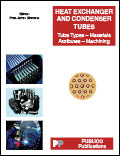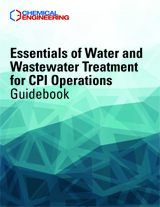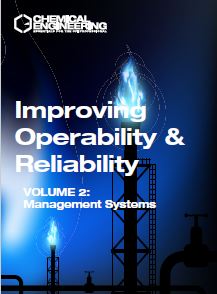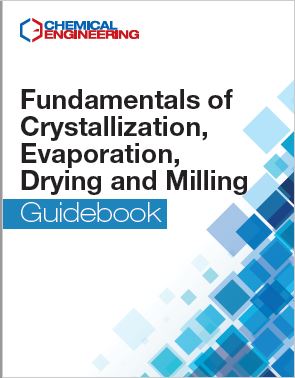Description
The development in the field of heat exchangers is determined decisively by practical needs. On one hand theses apparatus should operate under extreme conditions (for example high pressure and temperature), on the other hand the employment of material should be minimized and has to come to a highest possible thermal power per area and space volume.
These requirements as well have conducted the use of new materials as to the development of novel heat exchanging areas. So, for example, alloyed steels, titanium, graphite, glass and copper alloys could be classified as parent materials meanwhile. At the same time numerous ideas to raise the heat transfer found their way into practice, where they often constitute the basis of modern solution deposits.
This PDF guidebook gives a still actual overview regarding the technology and material engineering of tubes typically used in tube-bundle-heat exchangers. It covers thermal and mechanical attributes, heat transfer optimization via inline structures, integration of tubes as basic elements of heat exchangers, safety in operation and corrosion prevention, damage issues and removal.
342 pages, delivered in a PDF format.
Table of Contents:
Introduction
1. Tubes Types
1.1 Materials
Copper as Material in the Apparatus Engineering
Stainless Steels for Use as Heat Exchanger Tube Material
Tubular Heat Exchanger in Titanium and Zirconium
Using Glass-lined Steel Tubes as compared with those made of Special Materials
Shell and Tube Heat Exchangers with Tubes made of Borosilicate Glass
Silicon Carbide in the Construction of Heat Exchangers
Tubes made from Synthetic Resign-impregnated Graphite for Shelland -Tube Heat Exchangers
Heat Exchangers made of Plastic Pipes
Heat Exchanger Tubes from PVDF Flourplastic
1.2 Optimization with Special Forms
Industrial Power Tubes: Structured Surface Tubes
Tubes with Structured Surfaces
Finned Tubes for the Transfer of Heat
Tubes with Spherical Turbulence Generators
Power Plant Upgrading by Installing Performance-optimized
Tube-Bundels in Turbine Surface Condensers
2. Machining of Tubes for Heat Exchangers
2.1 Construction / Prefabrication / Machining
Conditions for the practically oriented Construction and Production of (Heat Exchanger) Tubes
Equipment and Methods of End and Edge Preparation for Pipe and Plateprior Welding
Contents V
Contents
2.2 Welding
Maximized Productivity with Orbital Tube-to-Tubesheet Welding – a case story
2.3 Welding / Rolled Tube Joint / Expanding
Reliable Tube-Tubesheet Connections
Tube and Tube-sheet Joints in Boiler- and Apparatus Constructions
Tube-to-Tube Sheet Joints in Heat Exchangers
3. Surface Treatment for Heat Exchanger Tubes
3.1 Cathodic Protection
Corrosion Prevention in Processing Plants by Applying Corrosion Monitoring
3.2 Pickling / Electrochemical and Chemical Polishing
Interior Surface Conditioning to Increase Service Life
Electrochemical and Chemical Polishing of Heat
Exchangers
Modern Surface Finish Treatment for Stainless Steel
Heat Exchanger Tubes
3.3 Inlet Tube Lining
Inlet Tube Lining
4. Damages/ Damage Removal/ Break-Down Maintenance
Condenser and Heat Exchanger Tube Restoration
Plugging System for Leaking Heat Exchanger Tubes
5. Appendix
Visiting-Cards of Heat Exchanger-Market Partners
Authors Index
Advertisers Index
FOR YOUR EYES ONLY: Please do not forward the PDF file. It’s against the law to copy, fax, or electronically transmit the newsletter without our permission. For questions please email clientservices@accessintel.com.
For group subscription information and discount pricing, contact Sarah Garwood at sgarwood@accessintel.com.




